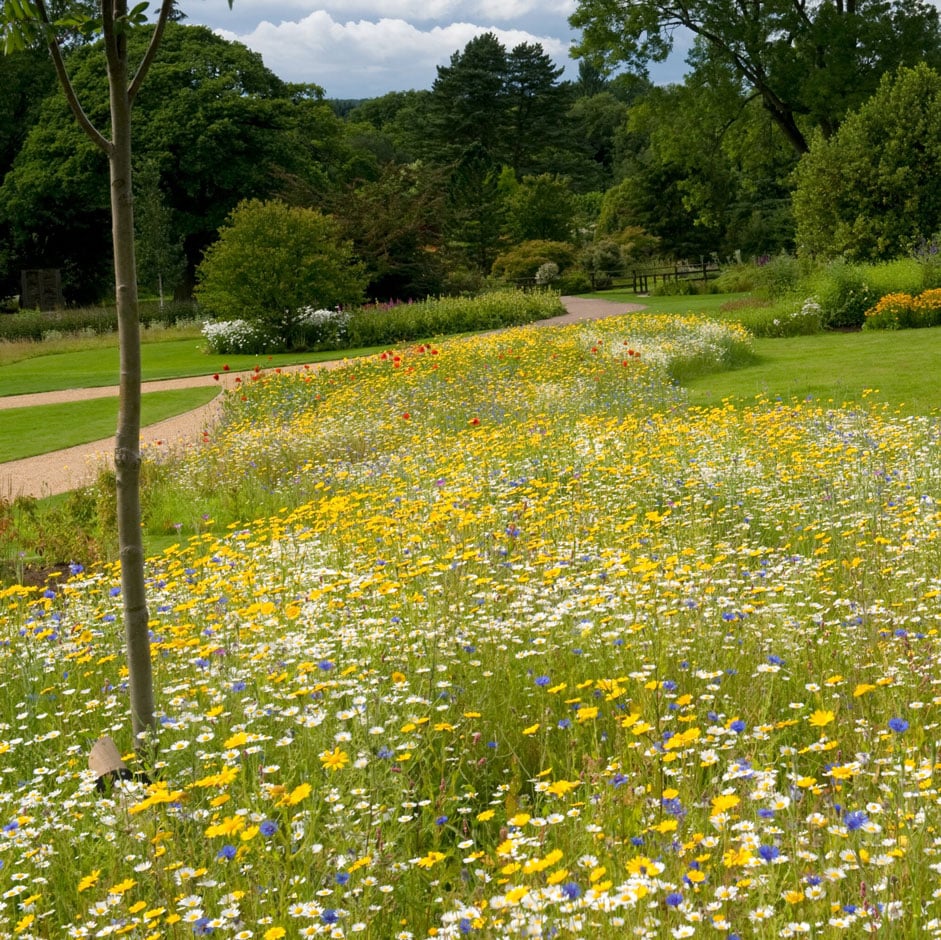
Introducing...
Border buttercups
Botanical name: Ranunculus
These easy-to-grow, undemanding plants are widely grown in borders alongside other cottage-garden favourites such as pulmonarias and campanulas and in informal meadow plantings. These include Ficaria verna, formally called Ranunculus ficaria.
Looks
Glistening yellow or white flowers open above mats of bright green leaves in spring and summer. Most have wide-petalled cup-shaped blooms, although some are daisy-like with narrow petals, while others have double flowers that look like mini-dahlias. Plants usually disappear below ground in winter.
Likes
Buttercups prefer slightly damp soil that doesn’t dry out, in sun or light shade. Ranunculus gramineus grows well in either the border or rock garden.
Dislikes
They don’t do well in very dry soils. Most won’t flower successfully in deep shade, apart from the more vigorous types.
Did you know?
The name Ranunculus means ‘little frog’ – an allusion to the damp habitats that are often the natural home of these plants in the wild.
Growing guide

How to grow border buttercups
All the information you’ll need to grow and care for border buttercups in your garden.
Ranunculus we recommend
Ranunculus aconitifolius 'Flore Pleno' (d)
white bachelor's buttons
- 0.5–1 metres
- 0.1–0.5 metres
Ficaria verna 'Brazen Hussy'
lesser celandine 'Brazen Hussy'
- Up to 10cm
- 0–0.1 metre
Ficaria verna 'Orange Sorbet' (d)
lesser celandine 'Orange Sorbet'
- Up to 10cm
- 0–0.1 metre
Ranunculus aconitifolius 'Flore Pleno' (d)
white bachelor's buttons
- 0.5–1 metres
- 0.1–0.5 metres
Ficaria verna 'Brazen Hussy'
lesser celandine 'Brazen Hussy'
- Up to 10cm
- 0–0.1 metre
Ficaria verna 'Orange Sorbet' (d)
lesser celandine 'Orange Sorbet'
- Up to 10cm
- 0–0.1 metre
Useful advice

Creating wildflower meadows
Perennial borders: choosing plants
Shade planting: annuals, bulbs and perennials

Wildflower meadow maintenance
Get involved
The Royal Horticultural Society is the UK’s leading gardening charity. We aim to enrich everyone’s life through plants, and make the UK a greener and more beautiful place.